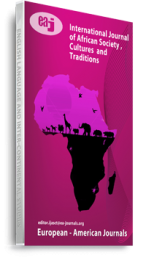This article reports a study on interjections carried out in Awing and Yemba, two Bantu Grassfield Languages in Cameroon. The study shows that language learning and language use especially as concerns interjections stem out from the learners first language. Given the reality on the ground whereby mother tongue teaching has been neglected for quite a while, until recently that linguists have introduced mother tongue study both in the secondary school and the university. Interjections of Awing and Yemba languages were collected from natives of these mother tongues. The data were compared and transcribed. Its presentation was done on a table form, some contrasts and comparisms were done and results gotten were analyzed between these two mother tongues. Mother tongue interjections share a lot in common with one another in Cameroon. Their phonology, morphemes and features are similar to one another which are equally similar to the official languages in use. This shows that the study of these mother tongue interjections will enhance not only understanding of interjections but will equally promote and sustain some cultural and linguistic aspects of our national languages which are dying out.
Keywords: Awing, Interjections, Language Learning, Mother tongue, Yemba

